Speaker
Mr
Peter Willendrup
(DTU Physics)
Description
The [McStas][1] neutron ray-tracing simulation package is a versatile tool for producing accurate simulations of neutron scattering instruments at reactors, short- and long-pulsed spallation sources such as the European Spallation Source. McStas It is extensively used for design and optimization of instruments, virtual experiments, data analysis and user training. McStas was founded as an scientific, open-source collaborative code in 1997.
This contribution presents the project at its current state and gives an overview of lessons learned in areasof design process, development strategies, user contributions, quality assurance, documentation, interoperability and synergies with the McXtrace project.
Further, main new developments in McStas 2.3 (April 2016) and McStas 3.0 (expected early 2017) are discussed, including many new components, updated source brilliance descriptions, new tools and user interfaces, web interfaces and a new interoperatbilty with MCNP and other high-energy oriented Monte Carlo codes via the [MCPL][2] format.
*This project has received funding from the European Union’s Horizon 2020 research and innovation programme under grant agreement No 654000.*
[1]: http://www.mcstas.org
[2]: http://mcpl.mccode.org
[3]: http://www.mcstas.org/logo-left.png
[4]: https://www.e-neutrons.org/wp-content/themes/e-neutrons2015/images/logo-cyan_small.png
[5]: https://www.e-neutrons.org/wp-content/themes/e-neutrons2015/images/sine2020_final_small.jpg
Primary author
Mr
Peter Willendrup
(DTU Physics)
Co-authors
Dr
Emmanuel Farhi
(Institut Laue-Langevin (ILL))
Dr
Erik Knudsen
(DTU Physics)
Esben Klinkby
(DTU)
Mr
Jakob Garde
(DTU Physics)
Dr
Kim Lefmann
(University of Copenhagen, Niels Bohr Institute)
Dr
Uwe Filges
(Paul Scherrer Institut)

